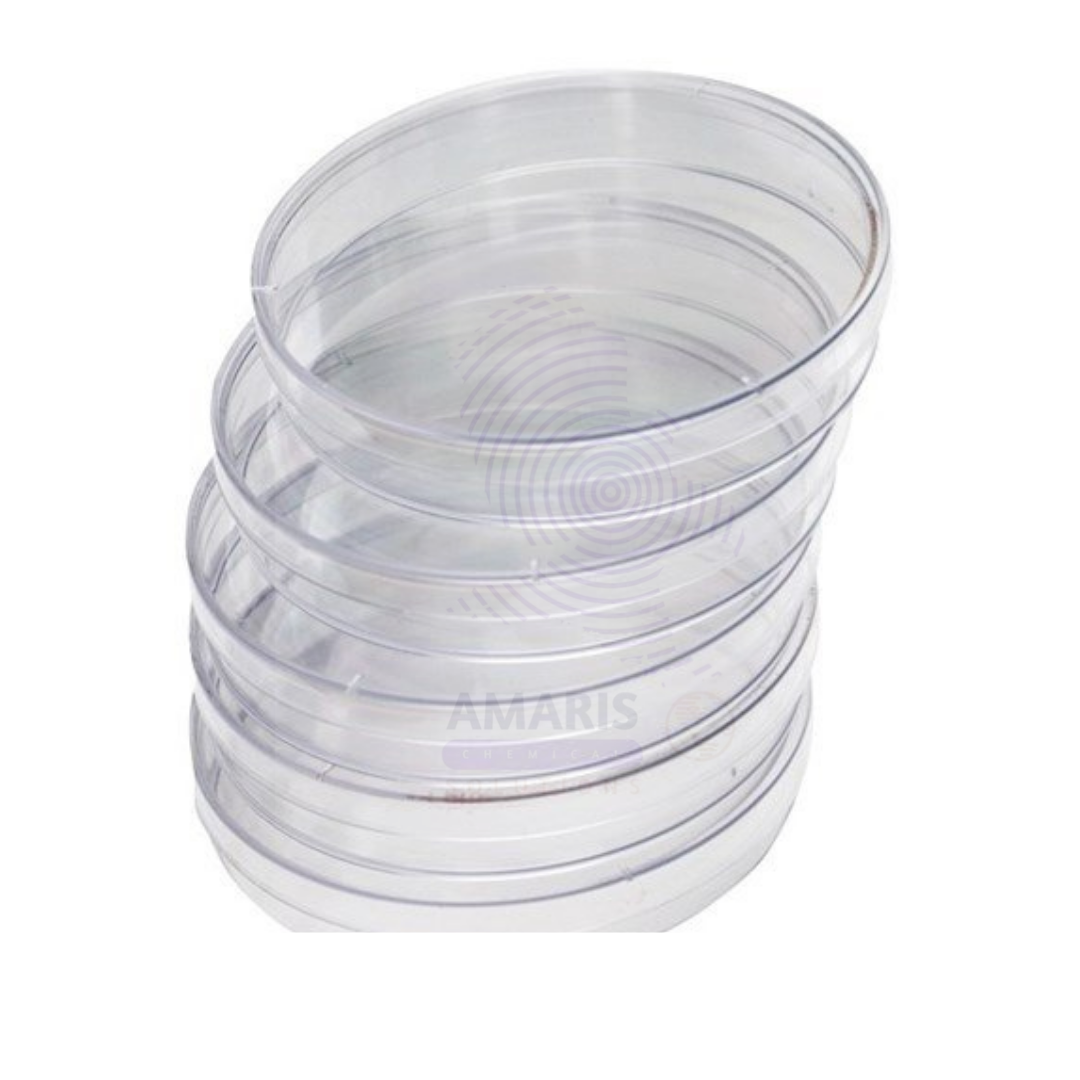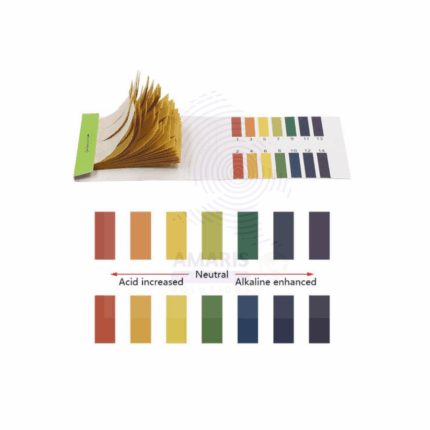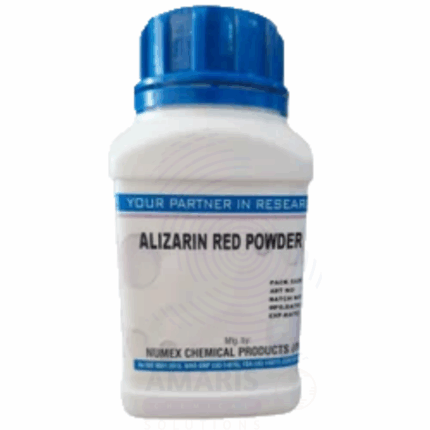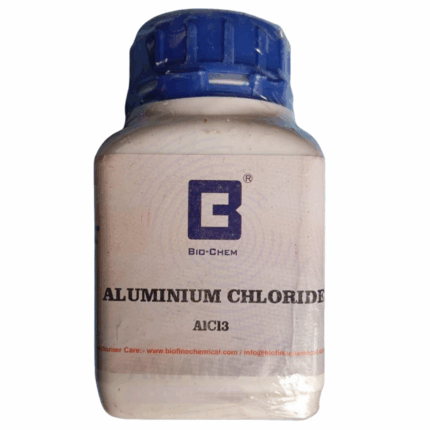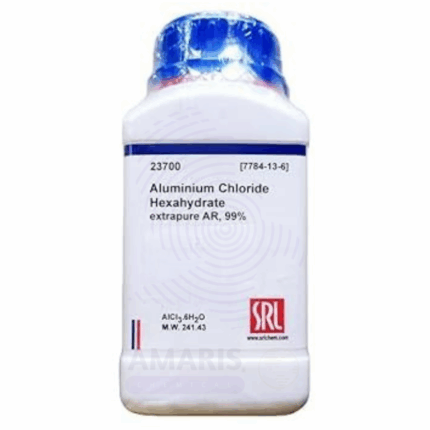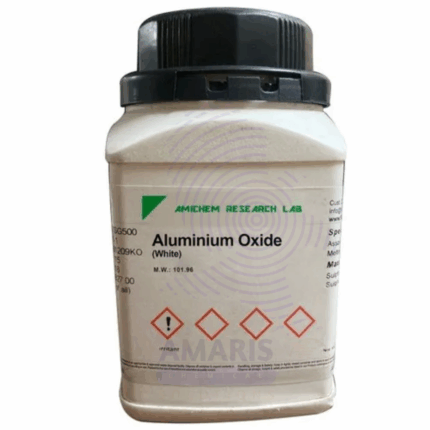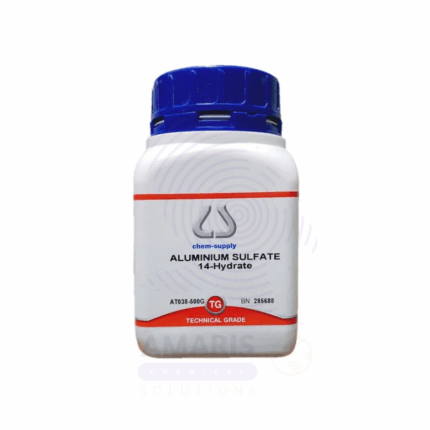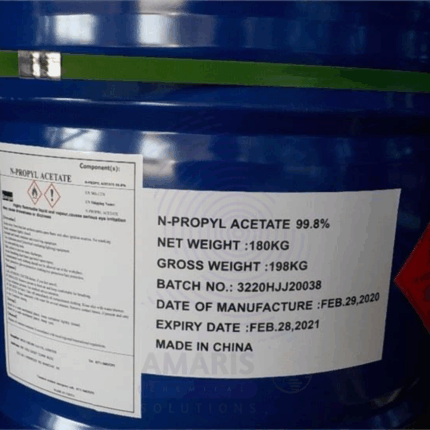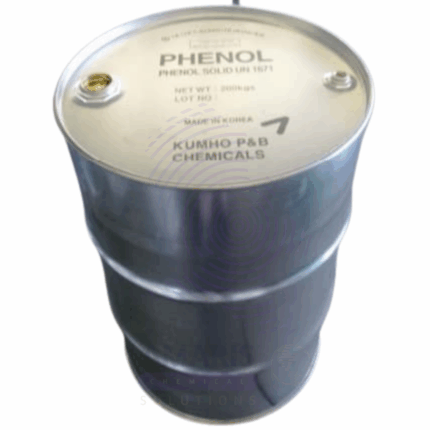PETRI DISH PLASTIC
Petri Dish Plastic is a shallow, cylindrical laboratory container made from clear, chemically resistant plastic materials such as polystyrene or polypropylene. Designed for single-use or limited reuse, plastic Petri dishes provide a convenient and cost-effective alternative to glass, especially in applications where sterility and disposability are priorities. These dishes are commonly used in microbiology, cell
PETRI DISH (PLASTIC )
Primary Uses
Laboratory and Medical Applications
- Culturing bacteria, fungi, and other microorganisms.
- Growing cell cultures in research and clinical diagnostics.
- Performing antibiotic susceptibility and other microbiological tests.
- Observing seed germination and small plant growth.
- Sterile sample collection and processing.
Secondary Uses
Educational and Industrial Applications
- Teaching microbiology and cell biology techniques in academic settings.
- Environmental sampling for microbial contamination.
- Small-scale chemical and crystallization studies.
Petri Dish (Plastic)
Product Description
A Plastic Petri Dish is a shallow, cylindrical laboratory container made from clear, chemically resistant plastic materials such as polystyrene or polypropylene. Designed for single-use or limited reuse, plastic Petri dishes provide a convenient and cost-effective alternative to glass, especially in applications where sterility and disposability are priorities. These dishes are commonly used in microbiology, cell culture, and medical laboratories for growing and observing microorganisms, cells, and small plants. The plastic construction offers lightweight handling, breakage resistance, and ease of disposal, making them ideal for high-throughput workflows and sterile environments.
Uses
Primary Uses
Laboratory and Medical Applications
- Culturing bacteria, fungi, and other microorganisms.
- Growing cell cultures in research and clinical diagnostics.
- Performing antibiotic susceptibility and other microbiological tests.
- Observing seed germination and small plant growth.
- Sterile sample collection and processing.
Secondary Uses
Educational and Industrial Applications
- Teaching microbiology and cell biology techniques in academic settings.
- Environmental sampling for microbial contamination.
- Small-scale chemical and crystallization studies.
Key Attributes
Basic Identification Attributes
- Material: Polystyrene, polypropylene, or similar clear plastics.
- Shape: Shallow cylindrical dish with flat bottom and matching lid.
- Sizes: Available in various diameters (commonly 35mm, 60mm, 90mm, 100mm, 150mm).
- Closure: Loose-fitting or snap-on lid to allow gas exchange while minimizing contamination.
- Sterility: Often supplied pre-sterilized and individually packaged.
Physical & Chemical Properties
- Chemical Resistance: Resistant to aqueous solutions but may be sensitive to some organic solvents.
- Thermal Resistance: Generally suitable for incubation temperatures up to 37–60°C; not autoclaveable.
- Transparency: Clear for easy specimen observation under microscopes.
- Durability: Impact resistant and shatterproof compared to glass.
Safety & Hazard Attributes
- Non-breakable, reducing risk of injury from shards.
- Disposal considerations for biohazardous material after use.
Storage & Handling Attributes
- Store in a clean, dry, sterile environment.
- Handle with gloves to maintain sterility.
- Avoid exposure to solvents and extreme temperatures.
Regulatory & Compliance Attributes
- Manufactured in compliance with laboratory safety and sterility standards.
- Suitable for use in GMP and GLP compliant laboratories.
Environmental & Health Impact
- Generally non-recyclable through typical municipal systems due to biohazard risk; follow proper disposal protocols.
- Single-use disposability reduces cross-contamination risk but increases waste.
Safety Handling Precautions
- Use PPE such as gloves and masks during handling to prevent contamination.
- Dispose of used dishes according to biohazard waste regulations.
First Aid Measures
- No specific first aid needed; handle waste to avoid infection risk.
Firefighting Measures
- Combustible plastic; use CO₂, foam, or dry chemical extinguishers.
Avoid inhalation of toxic fumes during fire.
Related products
Alizarin Extra Pure
Aluminium Chloride Anhydrous Extra Pure
Aluminium Chloride Hydrated Extra Pure
Aluminium Oxide Extra Pure
Aluminium Sulphate Hydrous Extra Pure
Ammonium Cupric Chloride Extra Pure
- SHORT DESCRIPTION


 Preservatives(food)
Preservatives(food) Flavor Enhancers
Flavor Enhancers Acidulants
Acidulants Sweeteners
Sweeteners Antioxidants
Antioxidants Colorants(food)
Colorants(food) Nutraceutical Ingredients (food)
Nutraceutical Ingredients (food) Nutrient Supplements
Nutrient Supplements Emulsifiers
Emulsifiers
 Collectors
Collectors Dust Suppressants
Dust Suppressants Explosives and Blasting Agents
Explosives and Blasting Agents Flocculants and Coagulants
Flocculants and Coagulants Frothers
Frothers Leaching Agents
Leaching Agents pH Modifiers
pH Modifiers Precious Metal Extraction Agents
Precious Metal Extraction Agents
 Antioxidants(plastic)
Antioxidants(plastic) Colorants (Pigments, Dyes)
Colorants (Pigments, Dyes) Fillers and Reinforcements
Fillers and Reinforcements Flame Retardants
Flame Retardants Monomers
Monomers Plasticizers
Plasticizers Polymerization Initiators
Polymerization Initiators Stabilizers (UV, Heat)
Stabilizers (UV, Heat)
 Antifoaming Agents
Antifoaming Agents Chelating Agents
Chelating Agents Coagulants and Flocculants
Coagulants and Flocculants Corrosion Inhibitors
Corrosion Inhibitors Disinfectants and Biocides
Disinfectants and Biocides Oxidizing Agents
Oxidizing Agents pH Adjusters
pH Adjusters Scale Inhibitors( water)
Scale Inhibitors( water)
 Antioxidants(cosmetic)
Antioxidants(cosmetic) Emollients
Emollients Fragrances and Essential Oils
Fragrances and Essential Oils Humectants
Humectants Preservatives
Preservatives Surfactants(cosmetic)
Surfactants(cosmetic) Thickeners
Thickeners UV Filters
UV Filters
 Fertilizers
Fertilizers Soil Conditioners
Soil Conditioners Plant Growth Regulators
Plant Growth Regulators Animal Feed Additives
Animal Feed Additives Biostimulants
Biostimulants Pesticides (Herbicides, Insecticides, Fungicides)
Pesticides (Herbicides, Insecticides, Fungicides)
 Active Pharmaceutical Ingredients (APIs)
Active Pharmaceutical Ingredients (APIs) Excipients
Excipients Solvents(pharmaceutical)
Solvents(pharmaceutical) Antibiotics
Antibiotics Antiseptics and Disinfectants
Antiseptics and Disinfectants Vaccine Adjuvants
Vaccine Adjuvants Nutraceutical Ingredients (pharmaceutical)
Nutraceutical Ingredients (pharmaceutical) Analgesics & Antipyretics
Analgesics & Antipyretics
 Analytical Reagents
Analytical Reagents Solvents(lab)
Solvents(lab) Chromatography Chemicals
Chromatography Chemicals Spectroscopy Reagents
Spectroscopy Reagents microbiology-and-cell-culture-reagents
microbiology-and-cell-culture-reagents Molecular Biology Reagents
Molecular Biology Reagents Biochemical Reagents
Biochemical Reagents Inorganic and Organic Standards
Inorganic and Organic Standards Laboratory Safety Chemicals
Laboratory Safety Chemicals Specialty Laboratory Chemicals(Special Laboratory Equipment)
Specialty Laboratory Chemicals(Special Laboratory Equipment)
 Demulsifiers
Demulsifiers Hydraulic Fracturing Fluids
Hydraulic Fracturing Fluids Scale Inhibitors(oil)
Scale Inhibitors(oil) Surfactants(oil)
Surfactants(oil) Drilling Fluids
Drilling Fluids
 Dyes and Pigments
Dyes and Pigments Bleaching Agents
Bleaching Agents Softening Agents
Softening Agents Finishing Agents
Finishing Agents Antistatic Agents
Antistatic Agents
 Admixtures
Admixtures Waterproofing Agents
Waterproofing Agents Sealants and Adhesives
Sealants and Adhesives Curing Compounds
Curing Compounds Concrete Repair Chemicals
Concrete Repair Chemicals Anti-Corrosion Coatings
Anti-Corrosion Coatings
 Surfactants(cleaning)
Surfactants(cleaning) Builders
Builders Enzymes
Enzymes Solvents (Cleaning)
Solvents (Cleaning) Fragrances
Fragrances
 Electronic Chemicals
Electronic Chemicals Catalysts
Catalysts Lubricants
Lubricants Photographic Chemicals
Photographic Chemicals Refrigerants
Refrigerants Automotive chemicals
Automotive chemicals Pyrotechnic Chemicals
Pyrotechnic Chemicals
 Biodegradable Surfactants
Biodegradable Surfactants Bio-based Solvents
Bio-based Solvents Renewable Polymers
Renewable Polymers Carbon Capture Chemicals
Carbon Capture Chemicals Wastewater Treatment Chemicals
Wastewater Treatment Chemicals
 Pigments
Pigments Solvents(paint)
Solvents(paint) Specialty Coatings
Specialty Coatings Binders/Resins
Binders/Resins Additives
Additives Driers
Driers Anti-Corrosion Agents
Anti-Corrosion Agents Functional Coatings
Functional Coatings Application-Specific Coatings
Application-Specific Coatings
 Fresh Herbs
Fresh Herbs Ground Spices
Ground Spices Whole Spices
Whole Spices Spice Blends
Spice Blends Dried Herbs
Dried Herbs
 Leavening Agents
Leavening Agents Dough Conditioners
Dough Conditioners Flour Treatments
Flour Treatments Fat Replacers
Fat Replacers Decoratives
Decoratives Preservatives(baking)
Preservatives(baking)
 Plasticizers & Softeners
Plasticizers & Softeners Reinforcing Agents
Reinforcing Agents Adhesion Promoters
Adhesion Promoters Vulcanizing Agents
Vulcanizing Agents Antidegradants
Antidegradants Blowing Agents
Blowing Agents Fillers & Extenders
Fillers & Extenders Accelerators & Retarders
Accelerators & Retarders